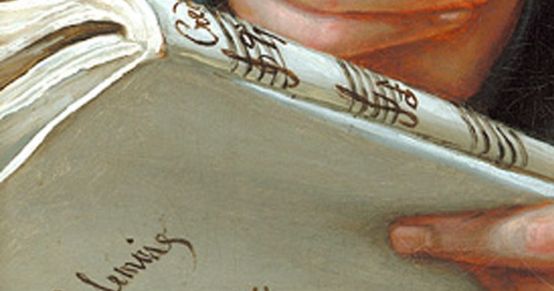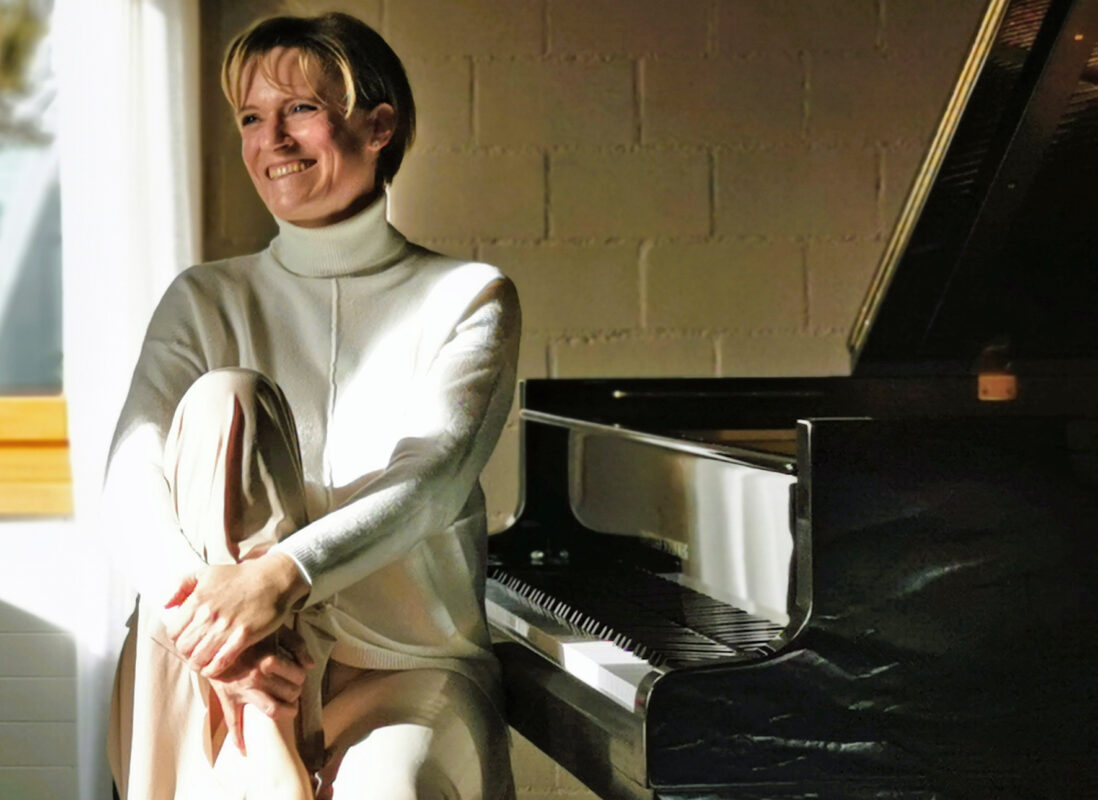String Quintet "Last Thought" (Fragment)
Beethoven every Friday: to mark his 250th birthday, we take a look at one of his works every week. Today it's the String Quintet in C major "Last Musical Thought" (fragment).

Final works, especially unfinished ones, always carry a secret. How would the ending have turned out? What else would the musical world have had to expect? Franz Grillparzer's epigram for Schubert's gravestone immediately springs to mind, in which he speaks of "even more beautiful hopes" is the talk of the town. In fact, there are some prominent "missing parts" in the history of music: the end of Bach's Art of the fugue (even if he didn't die over it), Mozart's Requiem, the finale of Bruckner's Ninth or Mahler's Tenth almost as a whole. With other great composers, however, one looks in vain for such weighty words of farewell: Haydn, Mendelssohn, Schumann, Brahms. And with Beethoven? The sketches for a tenth symphony date from the years between 1822 and 1825, and the last string quartets were all published in print by August 1826. Anton Diabelli had already asked Beethoven about a composition for string quintet - a chamber music genre in which a second viola or a second violoncello can achieve completely different sound effects, but also a genre in which, as a rule, only individual works were ever presented (with the exception of Spohr and Onslow).
After his early Opus 4 (1795/96), the Quintet op. 29 (1801) and a Fugue op. 137 (1817), Beethoven also seems to have been reluctant to write for this instrumentation again for a long time. On September 26, 1826, however, he announced to Diabelli that he would complete a work in just six weeks, demanded a fee of 100 gold ducats and also noted: "I will respect their wishes, but without compromising my artistic freedom." However, the six weeks did not come to fruition, and the work apparently barely made it out of the initial sketches stage. When the estate was auctioned off in November 1827, Diabelli (as the correspondent of the Leipzig General Musical Newspaper to report) by his companion "at a relatively exaggerated price also Beethoven's last work, a quintet begun in November 1826, of which, unfortunately, hardly twenty to thirty measures have been put on paper in draft form". The manuscript is lost today, but Diabelli published his own arrangements for piano two and four hands in 1838, renewing the words that it was "Beethoven's last musical thought". This is a Andante maestoso in C major of 10+14 bars each to be repeated, harmonically not surprisingly wandering into the distance and obviously intended as a slow introduction to the first movement. However, Diabelli probably took the notation, which was certainly intended as a particella, far too literally, as there is a considerable distance between the sketch (or draft) and the finished work in Beethoven's case. One should therefore not be too disappointed when listening ...
But anyone really looking for Beethoven's last notes should consult a letter to Karl Holz dated December 3, 1826. There you will find a musical sentence that can also be read as a canon: "We are all wrong, but we are all different" (WoO 198).
Listen in!








